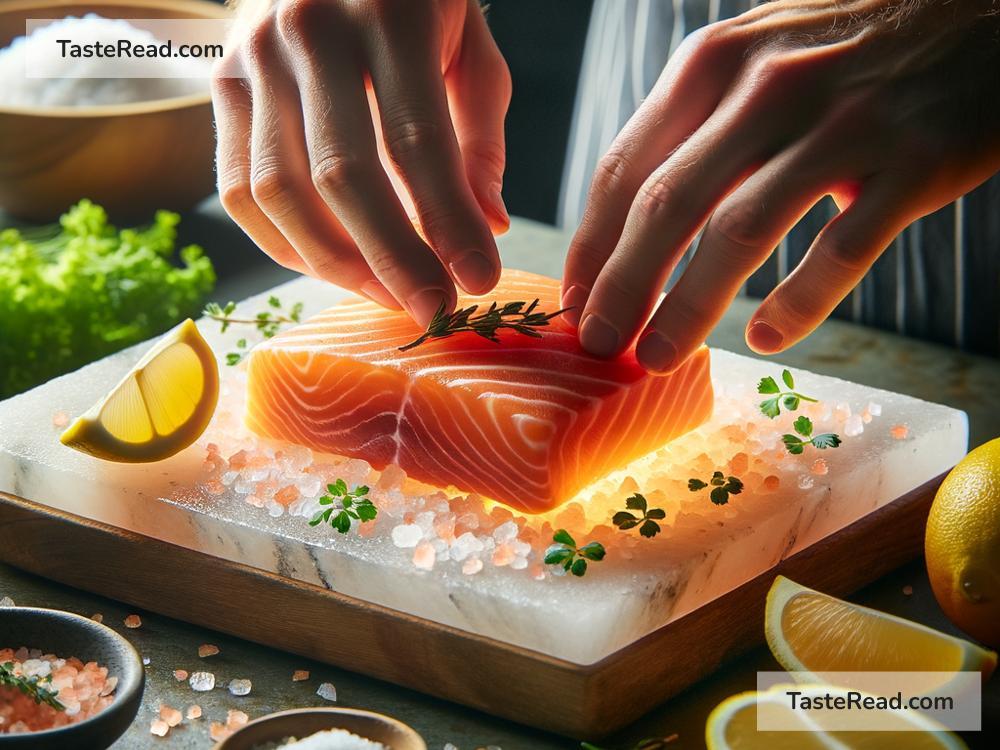Mastering the Art of Using Salt Blocks in Cooking
Salt isn’t just a table condiment or a seasoning you sprinkle over your dishes. There’s a whole world of culinary art that revolves around using salt in its solid form – yes, we’re talking about salt blocks or salt slabs. These chunks of salt can bring your cooking game to a whole new level, infusing your dishes with a subtle, yet complex flavor you can’t achieve with regular salt. And mastering the art of using these salt blocks isn’t as daunting as it may seem. Let’s dive into how you can elevate your culinary skills with this ancient, yet modern, cooking method.
1. Understanding Your Salt Block
First things first, it’s essential to get to know your salt block. Salt blocks are naturally occurring blocks of salt, usually harvested from salt mines, and they come in various sizes and thicknesses. The most common type is Himalayan pink salt, renowned for its purity and the trace minerals it contains, which can add more depth to your food’s flavor profile. Before you start cooking, ensure your block is completely dry and at room temperature.
2. Heating It Up
Unlike traditional cookware, you can’t just blast your salt block with high heat from the get-go. Patience is key. Start low and slow. If you’re using a stove, begin on low heat and gradually increase to medium or medium-high, depending on what you’re cooking. This process can take up to 30-45 minutes. The gradual heating prevents the block from cracking. If you’re using an oven, preheat it and place your salt block inside, gradually increasing the temperature.
A properly heated salt block retains heat incredibly well, making it perfect for cooking or even serving hot dishes right at the table. Always use heat-protective gloves when handling a hot salt block, and never place it on surfaces that can’t handle the heat.
3. Cooking With Your Salt Block
Now for the fun part – cooking on your salt block! There’s virtually no limit to what you can cook: meat, fish, vegetables, and even some adventurous desserts. When cooking, remember that your salt block is, well, salty. You won’t need additional salt most of the time, as the block imparts a gentle, but distinct salty flavor to your food. It’s a delicate balance – the longer the food is in contact with the salt block, the saltier it will become.
Consider using your salt block to cook thinner cuts of meat or seafood for a quick sear. Or, try slicing vegetables thinly for a crisp, lightly salted side dish. For a surprising twist, chill the block in your refrigerator and use it to serve sushi or cheese, adding a subtle salty note that elevates the dish.
4. Care and Maintenance
Taking care of your salt block will ensure its longevity. Allow it to cool down completely before washing. Never use soap on it, as the salt will absorb it. Instead, use a damp sponge or cloth to gently clean the surface, scraping off any stuck-on bits of food with a dull knife or metal spatula. Dry it thoroughly before storing it in a cool, dry place. With time, your salt block will naturally wear down, but that’s just a sign of all the delicious meals it has helped you create.
5. Embrace Experimentation
The beauty of cooking with a salt block lies in experimentation. Each block is unique, and the way it interacts with different foods can vary. Don’t be afraid to try new recipes or even come up with your own. From grilling to chilling, the possibilities are endless. You might find that your salt block becomes your go-to cooking surface for its flavor-enhancing abilities and the visually stunning presentation it offers.
Mastering the art of using salt blocks in cooking is a journey that combines ancient cooking methods with modern culinary creativity. Embrace the process, explore different techniques, and enjoy the delicious, uniquely flavored dishes that you create. Salt blocks are more than just cookware; they’re a gateway to exploring new dimensions of flavor in your cooking. Happy cooking!


